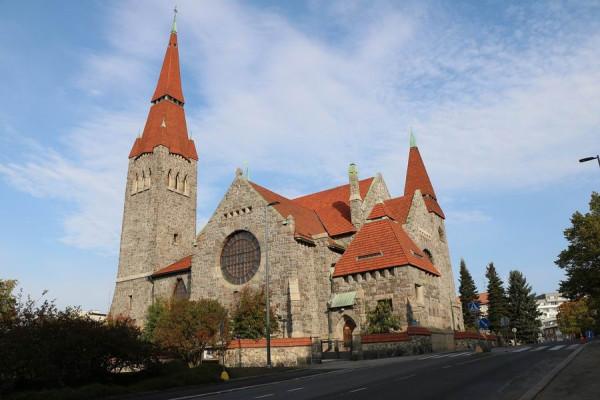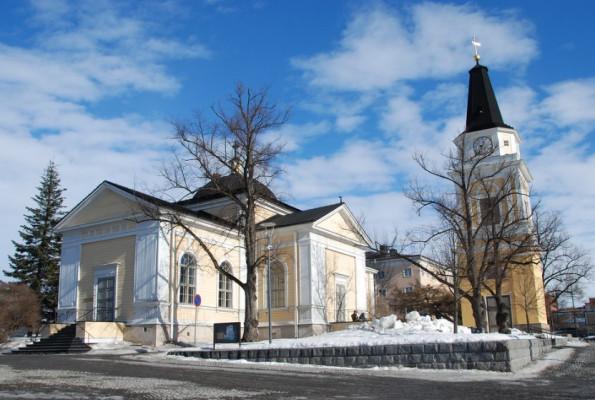This unique positioning results in a significant impact on the weather patterns experienced throughout the year. With its northern location, winter takes center stage as the longest season in Finland.
However, it is worth noting that in certain regions such as the south coast and southwest, summer can be as long as winter.
On average, winter typically extends from early January to late February in the outermost islands of the archipelago, as well as in warm locations along the southwestern coast, particularly in Hanko.
For those residing in the most elevated areas, like northwestern Lapland, winter can commence as early as October and last until mid-May. This extended winter period also applies to the lowest valleys in northeastern Lapland.
Given this seasonal distribution, it becomes evident that certain areas of Finland experience longer winters than others. Southern regions tend to have shorter winter durations, while the more elevated and northerly locations endure winter for an extended period.
Despite these variations, it is important to acknowledge that Finland’s climate offers a range of experiences throughout the year, from the chilly embrace of winter to the blossoming beauty of spring and the warmth of summer.
The distinctiveness of Finland’s weather provides a fascinating aspect to explore for both locals and visitors alike.


















